Voltage may be interpreted as a measure of the potential energy of a theoretical test charge divided by its magnitude (dimensionally, volts are joules per coulomb). As with many potentials in classical physics, this is a relative quantity, meaning that your measurement of a potential is between some two points or states.
Physically, there is nothing incompatible with the idea that the relative potential of some point P is negative when referenced to earth ground, or any other reference for that matter. All it means is that a theoretical positive charge would lose some amount of potential energy when moving from your earth ground or reference to P.
We can easily realize this by demonstration with a number of examples that should prove that there's "truly" such a thing as a negative DC voltage with reference to earth ground:
- Electrochemical: Suppose that the ground pin at left is physically earthed by bonding it to earth ground (e.g. by burying an electrode into wet dirt outdoors). The
-5V label clearly and demonstrably has a negative voltage with respect to earth ground.

simulate this circuit – Schematic created using CircuitLab
- Charge pumps and switching regulators: There are a number of circuit topologies that can produce a negative voltage given a positive supply. The simplest would be a charge pump, where a capacitor is alternately charged and discharged:

simulate this circuit
Assume, as before, that the ground symbol may be understood as earthing or the use of any reference convenient to you.
Initially, SW1 and SW3 are closed, causing the potential at A to rise above the potential at B. Then, SW1 and SW3 are opened, and then SW2 and SW4 are closed. Since A is below B, but A is now connected to ground (be it earth ground, your Arduino's GND connection, Mars ground, etc), hence B and VOUT are both below earth ground. With the addition of extra capacitors, and the use of fast semiconductor switches, this is something that is commercially realized as a practical way to produce voltages lower than your lowest supply.
With the appropriate safety precautions and appropriate components and measurement tools, you should be able to verify both of these examples and claims for yourself if you so desire.

